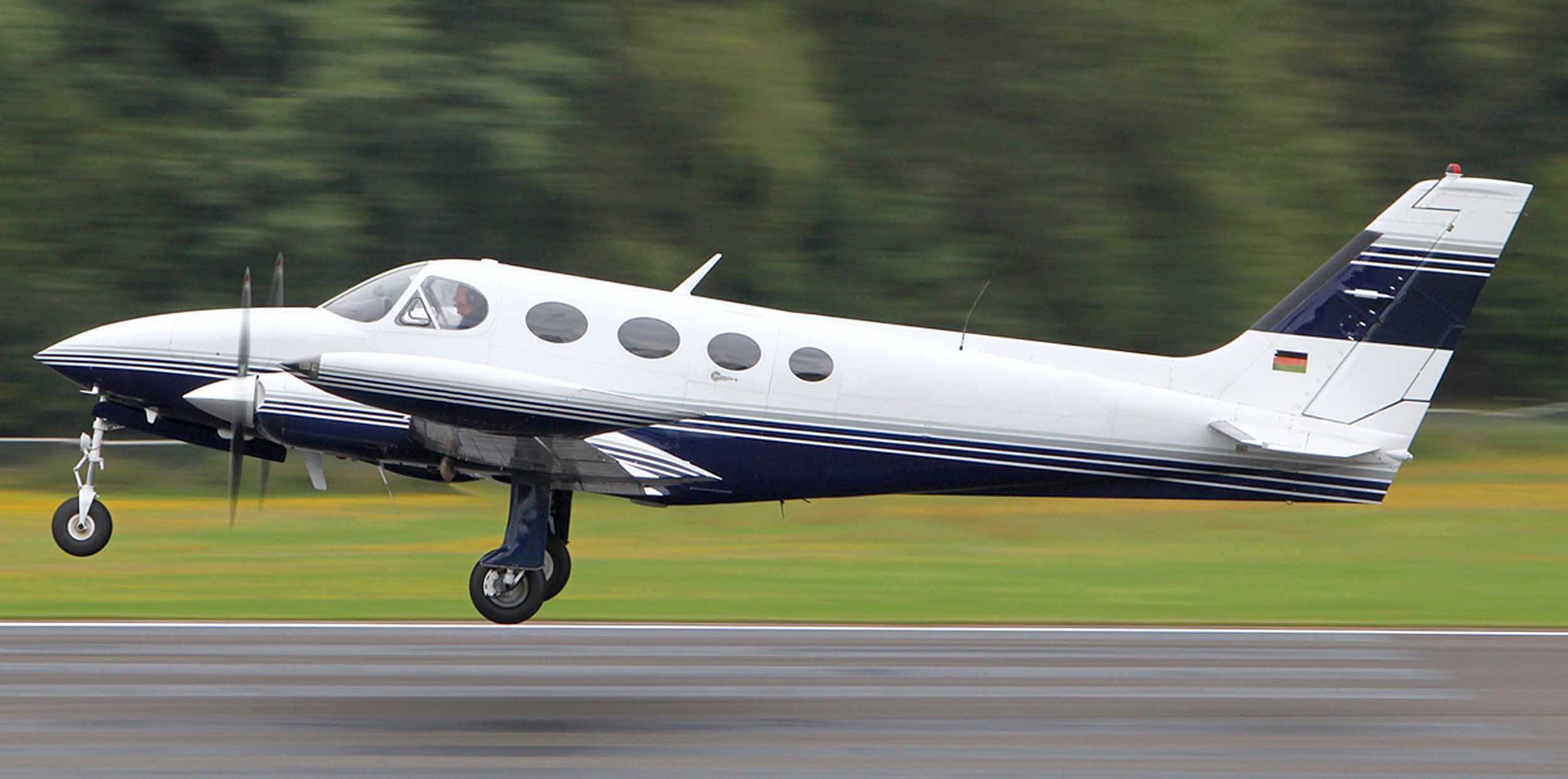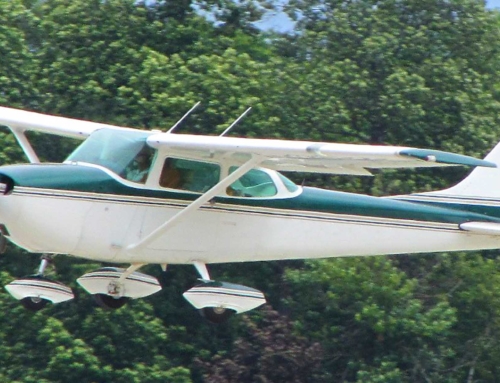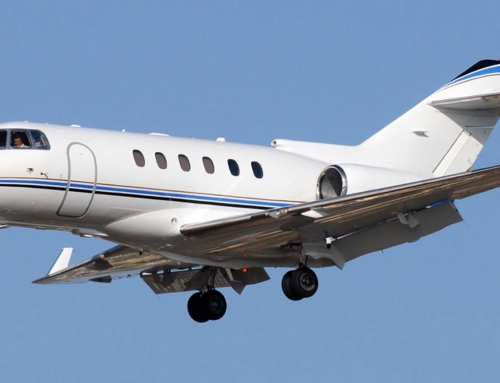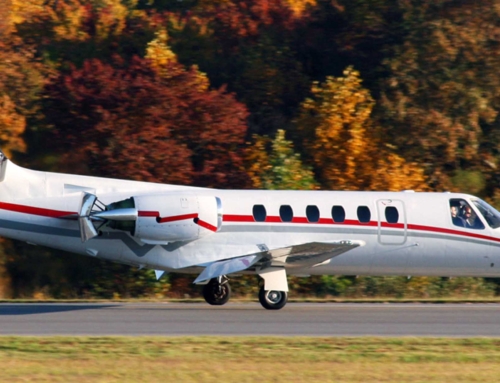In June 1911, Clyde Cessna built and flew his first powered aircraft – a significant milestone in aviation history. With no formal aviation training, his background was in farm machinery and agricultural innovation. After attending an aerial exhibition in 1910, he became interested in aviation and began testing his own aircraft designs in Enid, Oklahoma. Financial difficulties eventually led him back to Wichita, Kansas, where he co-founded Travel Air Manufacturing Co. in 1924. In 1927, he left to establish Cessna Aircraft Company where he focused on monoplane designs.
Like many businesses during the Great Depression, Cessna Aircraft Company closed in 1931 due to financial struggles. Clyde later co-founded the C.V. Cessna Aircraft Co. with his son, Eldon, continuing his work in aviation. Following the loss of a close colleague in a crash, he decided to step away from the industry. His nephew, Dwane Wallace, revived Cessna Aircraft Company in 1934, guiding it toward long-term success.
In 1948, Cessna introduced the 170 series, including the 170A and 170B, marking a key development in its aircraft lineup. This series later paved the way for the Cessna 172, which became one of the most widely produced and recognized aircraft in the world.
Development & Advancement Of Cessna 340s
In the 1970s, Cessna 340s entered the market as a pressurized, cabin-class twin designed to bridge the gap between smaller piston twins and high-end executive aircraft. It offers a balance of speed, comfort, and capability, making it an ideal choice for business and personal use. A few drawbacks of this aircraft include a complex fuel system and some loading limitations. These challenges aside, the 340 remains a solid performer in its class.
Introduced in 1972, the Cessna 340 was a cost-effective alternative to the 414 – sharing many components including its wing, landing gear, and control surfaces. Early models were powered by 285 horsepower Continental TSIO-520K engines, but most were later upgraded to the 310 horsepower TSIO-520N. This particular engine featured intercoolers for improved efficiency and performance. Its ability to maintain full power up to 20,000 feet with the addition of 3-blade McCauley propellers in 1976 enhanced its climb rate, cruise speed, and overall reliability.
- Country of Origin: America
Cessna 340A Statistics
- Maximum Speed: 229 kias
- Maximum Range: 1,100 nm
- Maximum Occupants: 6
- Range Of Years Manufactured: 1976-1984
- Total Aircraft Build: About 1,297
- Current Operational Aircraft: About 872
- Useful Load: 1,806 lbs.
- Average Sale Value: $292,597
- Average Days On Market For Sale: 488
- VREF Demand Rating: Seller
Operational Resources
Operations Manual
Maintenance Document
Local Resources
- Textron Aviation Inc. (Domestic and International Service Centers)
- Cessna Flyer Association
Manufacturer
Insurance
- Avemco
- AOPA Insurance
- BWI Aviation Insurance
- Falcon Aviation Insurance
- Travers Aviation Insurance
- USAA Aircraft Insurance For Pilots
Cessna 340A Details
Interior
The Cessna 340A features a pressurized, cabin-class interior with a center aisle and an airstair door for easy entry and exit. Designed for comfort, it offers ample space for passengers, making it a popular choice for business and personal travel.
Exterior
The Cessna 340A features a sleek design, high tail, and twin-engine configuration that enhance both performance and ramp appeal. Its aerodynamic airframe contributes to strong climb rates and efficient cruise speeds making it a capable aircraft for long-range missions.
Avionics
- PMA-7000B Audio Panel / Intercom / Markers
- Garmin GNS-530W GPS/Nav/Com/ Map (Rebuilt August 2022)
- Garmin GNC 255 VOR/Localizer, Glideslope Nav/Com #2, installed New Oct. 2023.
- Garmin GTX345 1090 Out/In Transponder
- Genisus S-Tec 3100 Autopilot w/Yaw Damper and Trim
- Garmin Flightstream 210 w/Bluetooth
- Aspen Pro-1000 Pilot’s MFD (updated 2020)
- Garmin 796 Panel Mounted GPS / Interfaced
- Dual Glideslopes
- WX500 Stormscope
- Shadin AMS-2000 Altitude Alerter
- JPI EDM 760 Engine Analyzer
- Pilot/Co-Pilot’s Push-To-Talk
- Avionics Master Switch
Additional Equipment
- Factory Air Conditioning
- Prop Sync
- Total Fuel 183 Gallons
- Shaden Fuel Computer
- Rosen Sun Visors
- JPI EDM Engine Monitor
- Dual Vacuum Pumps
Specifications
- Range: 1,100 nm
- Take-Off Run (A): 1,615 ft.
- Landing Roll: 770 ft.
- Wing Span: 38 ft. 2 in.
- Length: 34 ft. 4 in.
- Height: 12 ft. 7 in.
- Takeoff Run (50 ft.): 2,175 ft.
- Configuration: Twin Engine, Piston, Pressurized
- Max Seats: 6
- Max Takeoff Weight: 5,990 lbs.
- Cruise: 229 kts
Cessna 340A Models
The following includes all Cessna 340A variants:
Cessna 340
The Cessna 340 is a pressurized twin-engine aircraft offering solid performance, comfort, and range. Introduced in 1972, this aircraft bridges the gap between unpressurized twins and turboprops. Powered by twin Continental TSIO-520-NB engines, it cruises at 243 knots with a 1,406 nm range and a 29,800-foot ceiling. Its pressurized cabin seats 4-6 passengers in a quiet, climate-controlled environment. Many 340s feature upgraded avionics like Garmin G600 or G1000, enhancing navigation, safety, and overall efficiency.
Cessna 340A
The Cessna 340A, certified on November 19, 1975, is an enhanced version of the original 340 featuring more powerful 310 horsepower Continental TSIO-520-NB engines and improved performance.
335
Certified on October 2, 1979, the 335 is an unpressurized variant of the 340 and is equipped with 300-horsepower Continental TSIO-520-EB engines. This engine upgrade offers a more economical option for individual owners and businesses with similar design features.
“Riley Rocket” 340
The Riley Rocket 340 is a modified version of the Cessna 340 with two upgraded 340 horsepower Lycoming TIO-540-R engines enhancing its speed and climb capabilities.
“Riley Super” 340
The Riley Super 340 refers to Cessna 340 aircraft from model years 1972 to 1975 that have been converted by installing two 310 horsepower Continental TSIO-520-J or -N engines to improve its overall performance.
Top Cessna 340A Questions
How Much Does A Cessna 340A Cost?
Pricing for a Cessna 340A depends on airframe hours, engine time, avionics, and overall condition. Most models range from $250,000 to $500,000, with well-maintained or upgraded aircraft commanding top dollar. Modern avionics, low-time engines, and solid maintenance history significantly impact resale value.
How Fast Is A Cessna 340A?
With a maximum cruise speed of 229 knots (264 mph), the Cessna 340A delivers solid performance for a twin-piston aircraft. Its turbocharged engines and pressurized cabin allow it to fly above weather and turbulence for efficient cross-country travel.
How Easy Is It To Fly A Cessna 340A?
The 340A is a high-performance, pressurized twin that requires proper training and experience. With retractable gear, turbocharged engines, and a more complex systems suite, this aircraft works well for experienced pilots.
What Engine Does A Cessna 340A Use?
The Cessna 340A is powered by twin Continental TSIO-520-NB engines, each producing 310 horsepower. These turbocharged, fuel-injected engines give it strong climb performance and efficiency at altitude, making it a reliable choice for both business and personal operations.
What Is The Takeoff Distance Of The Cessna 340A?
The Cessna 340A has a takeoff distance over a 50-foot obstacle of 2,175 feet, and a takeoff ground roll distance of 1,615 feet.
What Do Pilots Like About Flying Cessna 340s?
Pressurization, respectable speed, and the ability to handle icing and adverse weather makes the Cessna 340 a sought-after aircraft for pilots needing versatility in a twin-engine platform. While its operational costs and complexity require experienced management, its all-weather capabilities and cabin-class comfort make it a mainstay in the light twin market.
What Avionics Does A Cessna 340A Use?
A 1984 Cessna 340A in its original condition typically features a mix of older analog avionics and a basic autopilot. However, many owners opt for modern avionics upgrades like Garmin G600 or G1000 systems.
Related VREF Resources
- Cessna Skyhawk 172N & Cessna Skyhawk 172P
- Cessna 152
- Cessna Skyhawk 172 A-H The History of The Most Popular Cessna Ever!
- Cessna Skylane 182 S-T
- Cessna 150 Statistics
VREF Is Your Authoritative Guidance In Aviation Appraisals
Connect with a team member to get started.





